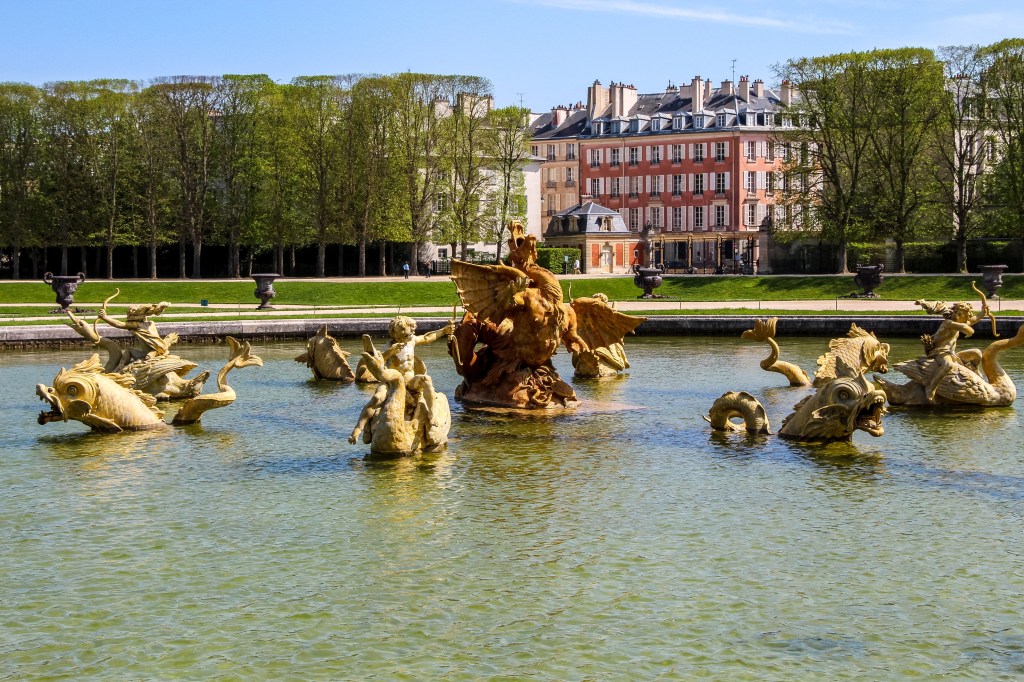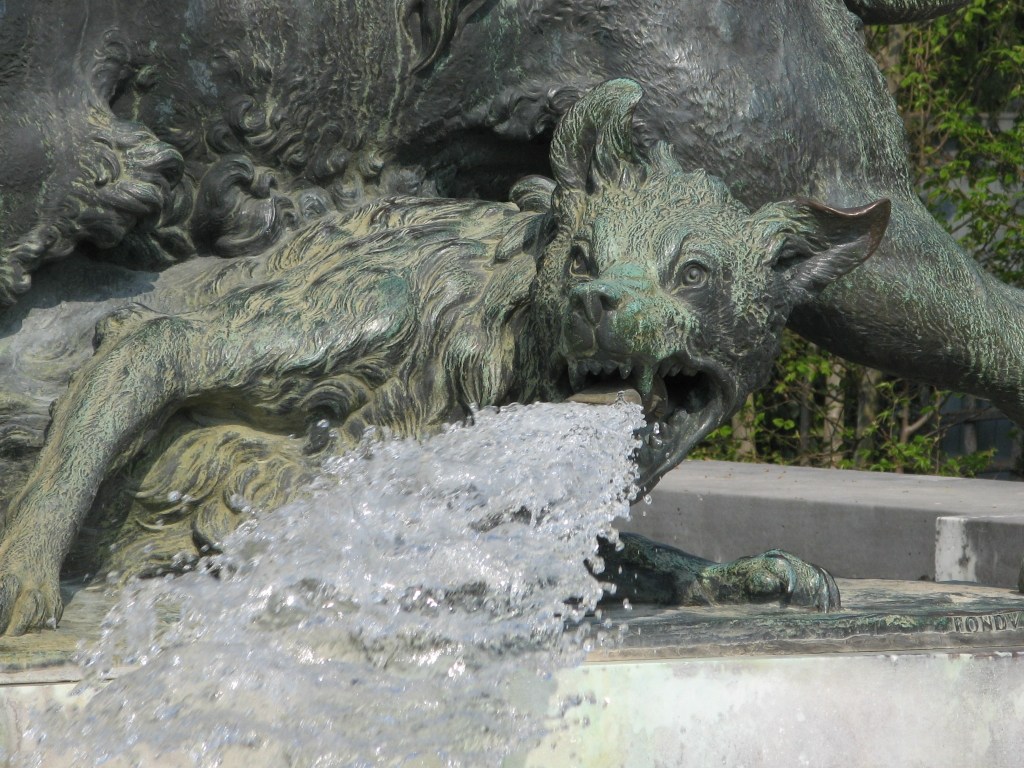Lostman's Star
Not all those who wander are lost, but I certainly am!
The Fountains of Versailles

We’re almost at the end of July in Versailles! It’s been fun for me to write about this, and I hope you’ve enjoyed reading about this fabulous palace. We’ve got one more stop, the collection of fountains that are spread out over the gardens. Let me know in the comments or on twitter what you thought of July in Versailles! I’m thinking of doing November in Nymphenberg, so if you liked a more in depth look at this palace and want more let me know!
Alright onto the fountains!
The various palaces of Versailles take up less than half the space of the estate, so to say that you’ve seen Versailles you need to see the gardens too, especially the fountains. There are eight major fountains, some within close proximity to each other, with various smaller fountains sprinkled in. Search carefully, some are in groves, little nooks of the garden which are out of view of the main palace. It is these hidden fountains which would be turned on and off as the king passed by, though the ones which were within view of the palace were always kept running.

When you enter Versailles be sure to get a map of the palace. This will not only help you find your way around the large estate but it should also tell you the names of the fountains. Most of them are based off of Greek and Roman myth, so you may wish to brush up on your Mediterranean mythology before you go; or invite along your favourite classics nerd.
Turn left as you exit Versailles and you will immediately find quite a few of these fountains. The Pyramid, the Dragon Fountain, and Neptune Fountain, can all be found in a line as you walk. There are also four other smaller fountains in groves around that area. You’ll likely know that Neptune was the Roman god of the sea, but the dragon is a bit trickier. This fountain represents the story of how the Temple of Delphi came to be one that served the Greek god Apollo, rather than Gaia, the Greek primordial earth mother and the temple’s original guardian. Apollo slew a gigantic serpent which guarded the temple, and named the site Pythia due to the stench of the rotting snake’s corpse. If you’re wondering, yes, that is exactly why we called a several species of large snakes pythons!

If you head immediately down the stairs when you exit Versailles you will come to the vast majority of the fountains, and will come across the four seasonal fountains. To the right you will encounter Ceres, Roman goddess of grains, and further along Flora, the Roman goddess of flowers. To the left you will find Bacchus, Roman god of agriculture and wine, and finally Saturn, the Roman god of cyclical renewal. Each of them represent a season, Flora for spring, Ceres for summer, Bacchus for autumn, and Saturn for winter.
You can also find fountains of fighting animals, those ones I personally find rather spectacular, and pools which were meant to help feed all the fountains when they were turned on. They aren’t by any means the only source of water however, and to this day the people who manage Versailles need to carefully manage the fountains’ water sources to make sure they don’t tap into the drinking water of the city.
If you want to have a thorough look through of the garden, I recommend researching those fountains you want to see before you depart on your voyage. That way you can head straight to them if you’re given free time on a tour, and you won’t miss out on anything!
I recommend that for every part of your trip though, thorough research is key. I hope you’ve enjoyed July in Versailles, and that these articles can help you plan your own trip to this magnificent palace! Let me know in the comments what you thought of this longer venture into this palace, and if you’d be interested in more articles like this, maybe November in Nymphenberg? We shall see!
